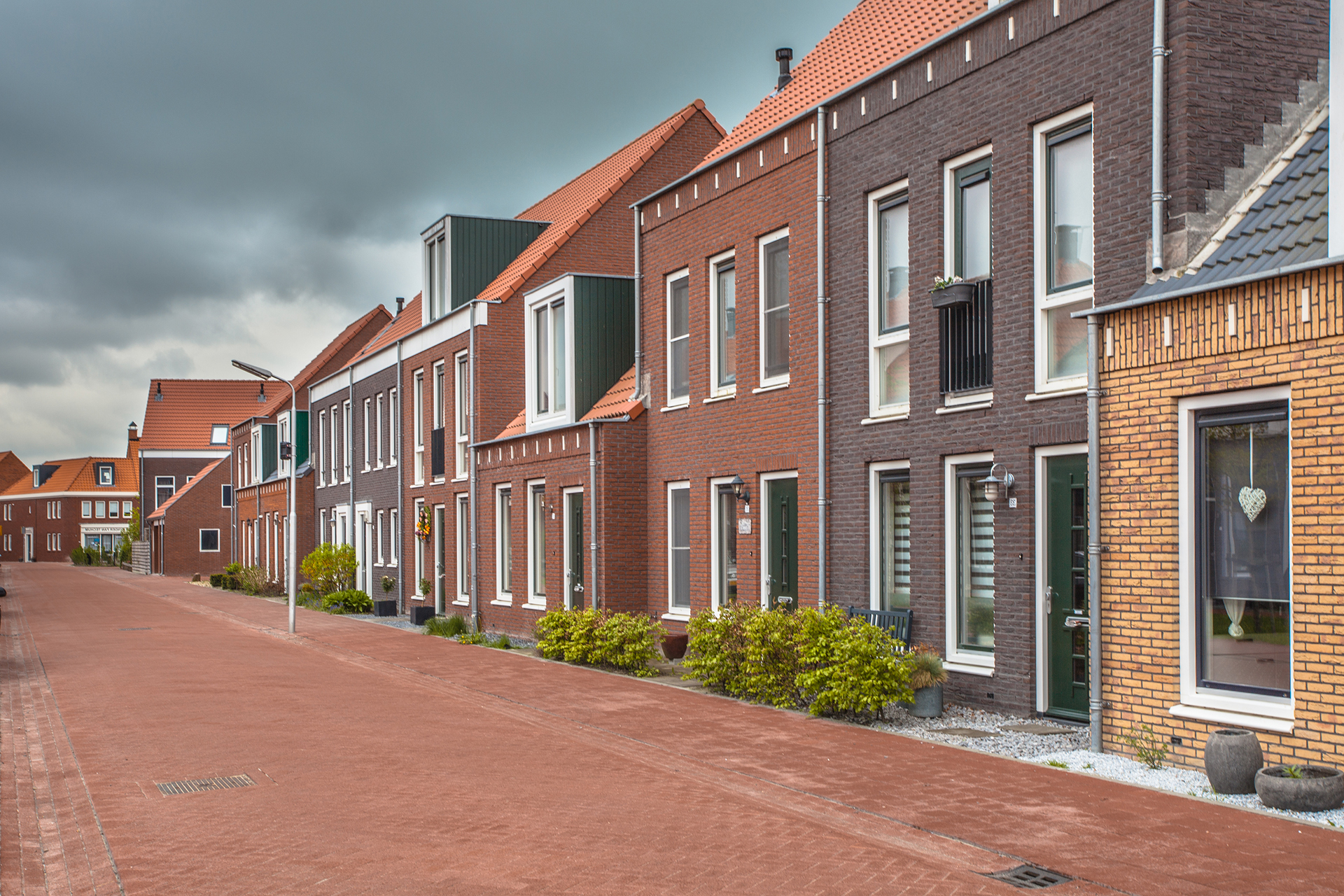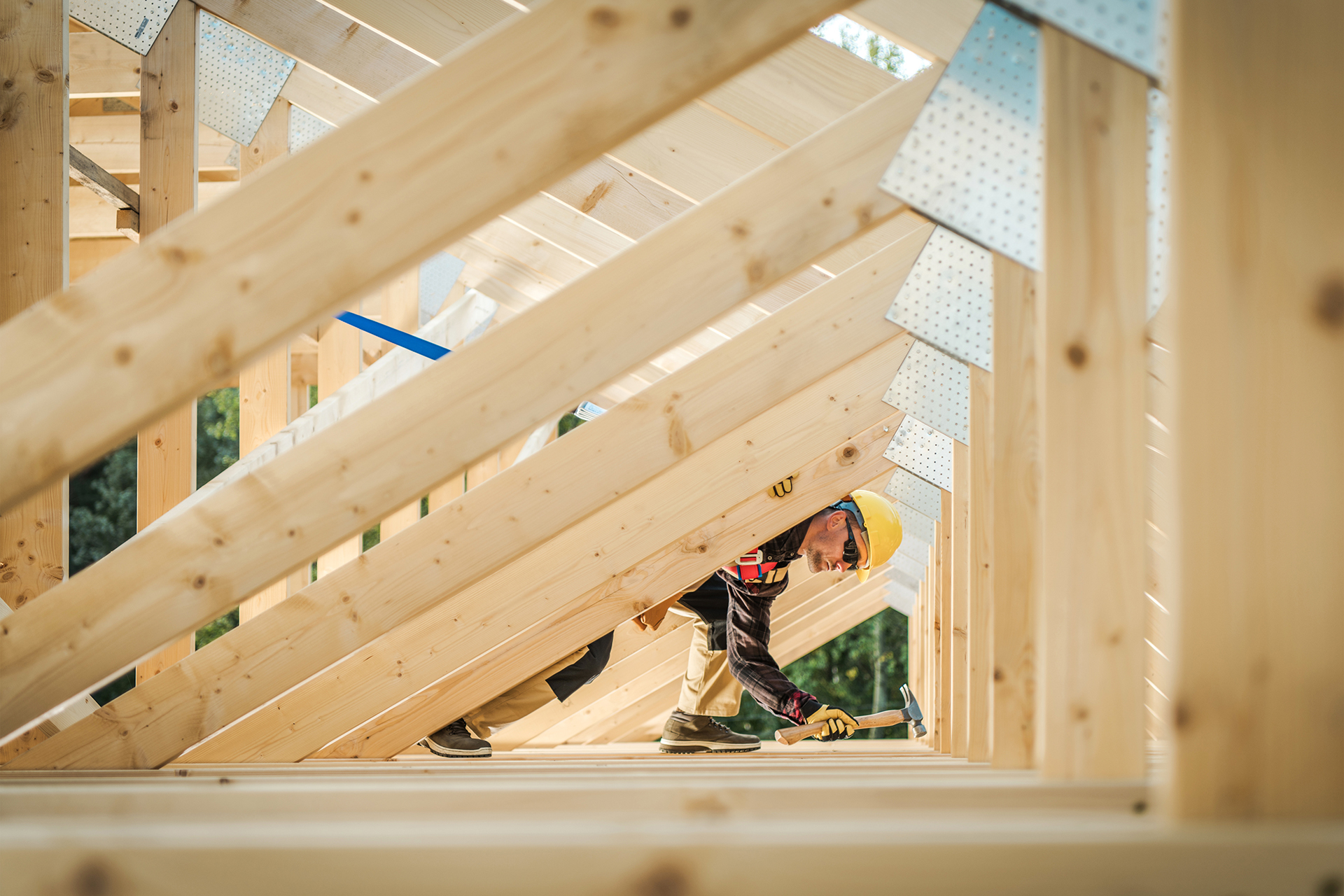
For only the second year since the Great Recession, multifamily unit completions declined in 2018, according to NAHB analysis of the latest annual multifamily data from the Survey of Construction (SOC).
As is typical, the number of multifamily units completed for rent exceeds the number of units completed for sale (92% rental share). In 2018, the number of units completed for-rent summed to 318,000 and multifamily for-sale units equaled 27,000, totaling 345,000 units completed. This marks a decline of 13,000 units from 2017. The net decline is attributed to a reduction in the number of units completed for rent, only partially offset by an increase of 5,000 units for sale.
While the market shares of units in buildings with 9 or fewer units, 10-29 units, and 30-49 units declined in recent years, the number of units completed in these categories posted absolute declines as well in 2018 compared to 2017.
At the regional level, the SOC data indicate that the greatest increase in the number of multifamily units completed for sale occurred in the Northeast, increasing by 3,000 units to 9,000 from the previous year. This marks a for-sale share of 17%, the highest in the nation.
In the rental market, the South posted the greatest decline in the number of multifamily units completed, decreasing by 15,000 units to 137,000. Interestingly, the West posted an increase in the number of multifamily units completed for rent, expanding by 9,000 units to 93,000 in 2018, a sign of ongoing housing affordability constraints particularly in the single-family for-sale sector.
As seen from the above figure, the Northeast and South experienced the greatest increases in shares of buildings with 50 units or more, while the composition in the Midwest and West was relatively static. The fourth quarter of 2018 also saw an tightening of bank lending standards and decrease in demand for commercial real estate loans for multifamily units, according to reported responses of a prior Senior Loan Officer Opinion Survey.





















